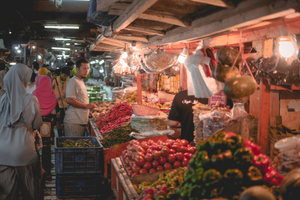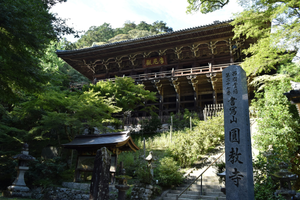Crafting Hope: Revitalizing Indigenous Weaves in the Contemporary Market
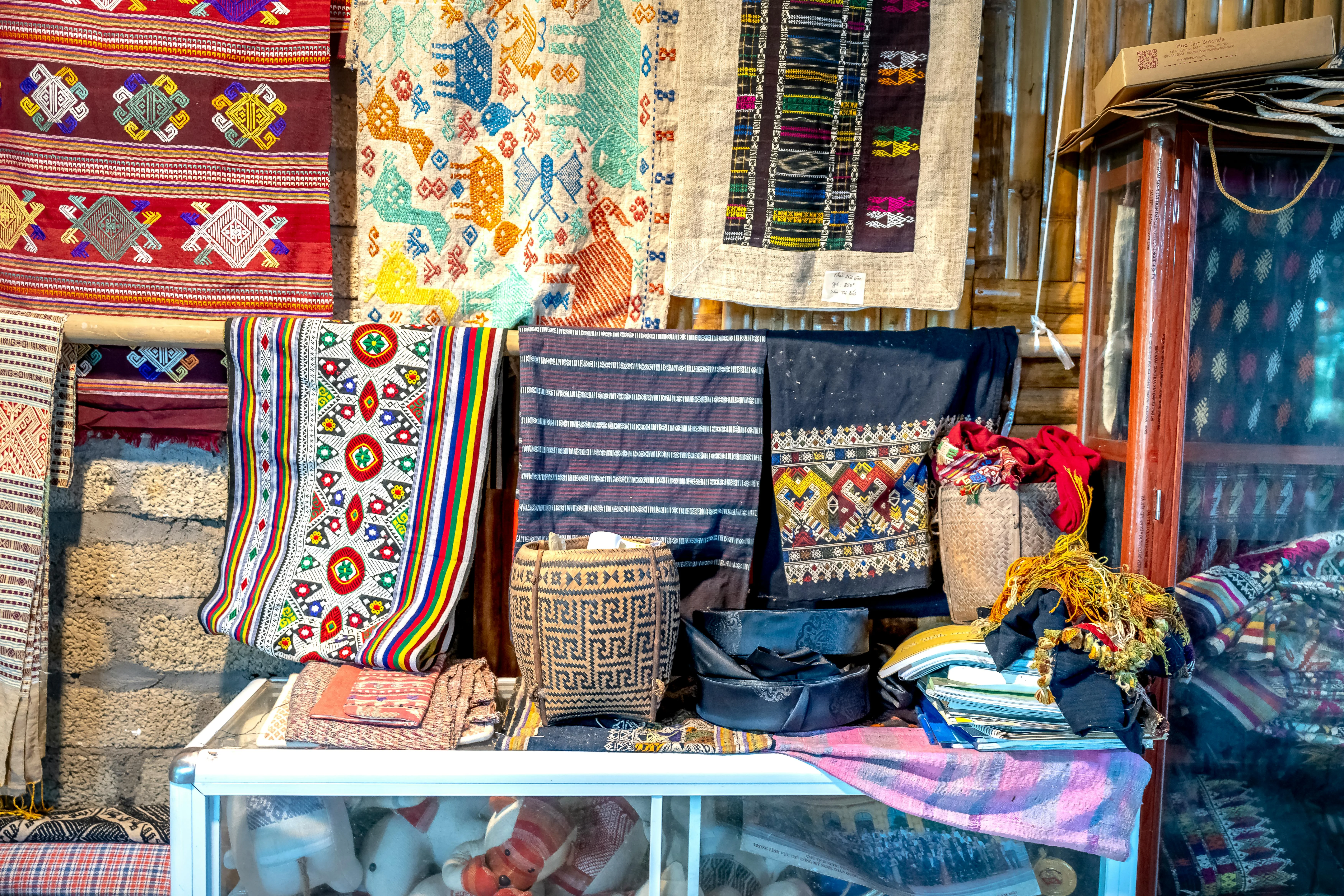
In a world dominated by fast fashion, the intricate artistry of indigenous weaves is a breath of fresh air that stands as a repository of culture, history, and heritage. These textiles, rich with stories and vibrant with color, face a battle to maintain relevance in today's bustling consumer market. But what if I told you that the students and travelers arriving in Bohol, Philippines, are exactly the catalyst needed to reinvigorate this ancient craft? That these trendsetters are not merely consumers but active participants in preserving cultural heritage through their choices?
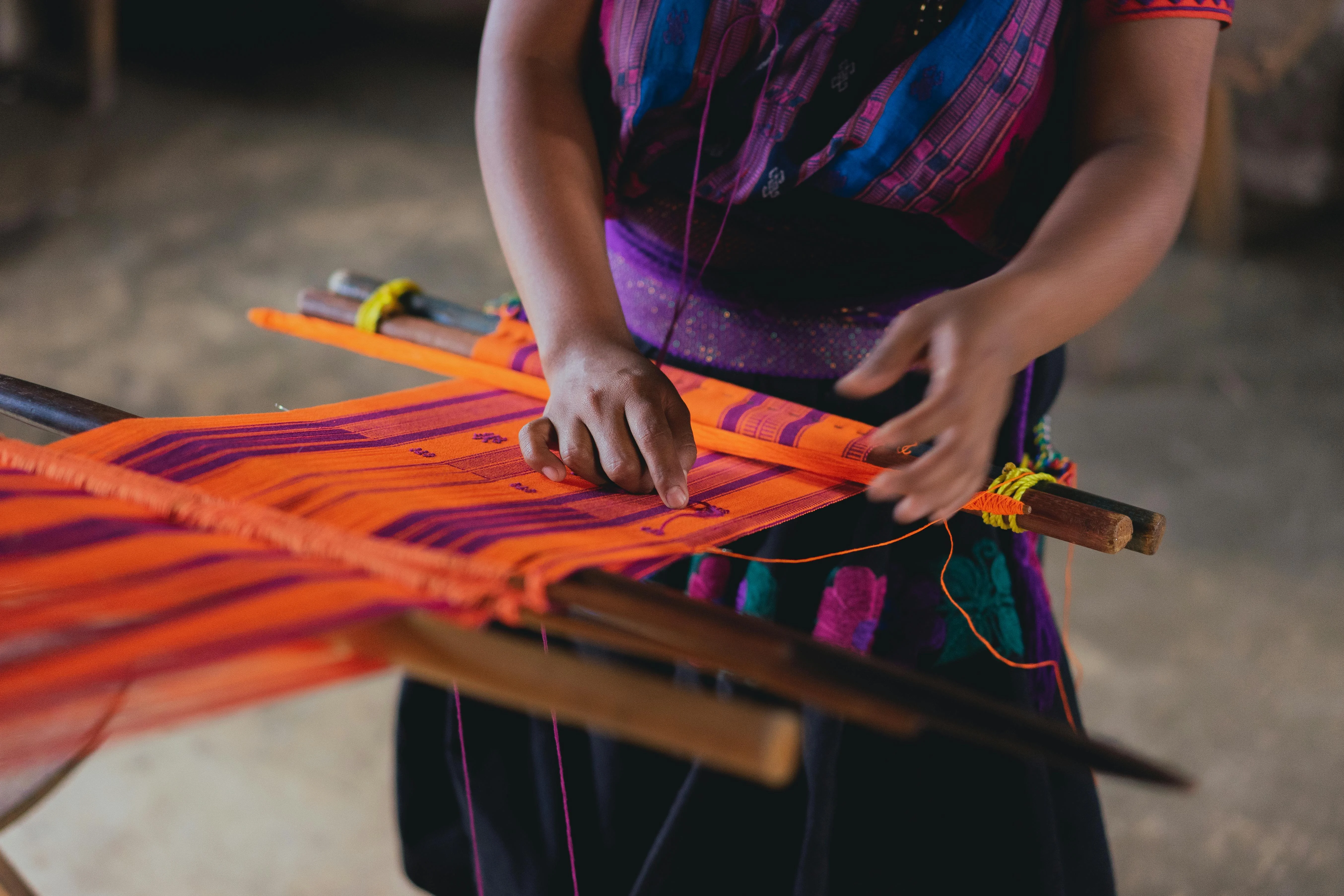
The Pain: Dwindling Weaving Traditions
Many indigenous weaving traditions in the Philippines, including those cherished by the weavers of Bohol, are at risk of fading away. Younger generations face the allure of urbanized opportunities, leading to an alarming decline in new artisans willing to learn this age-old craft. This dwindling interest has been a cause for concern among cultural preservationists and weaving communities alike.
Agitate: The Modern Disconnect
As we progress into a modern era defined by technology and efficiency, there's a growing disconnect between consumers and the products they purchase. Many are unaware of the heritage embedded in indigenous fabrics or the artisans whose skills are woven into each thread. Despite this disconnect, there is an emerging market that thrives at the intersection of cultural heritage and contemporary design—a market eagerly embraced by eco-conscious students and travelers.
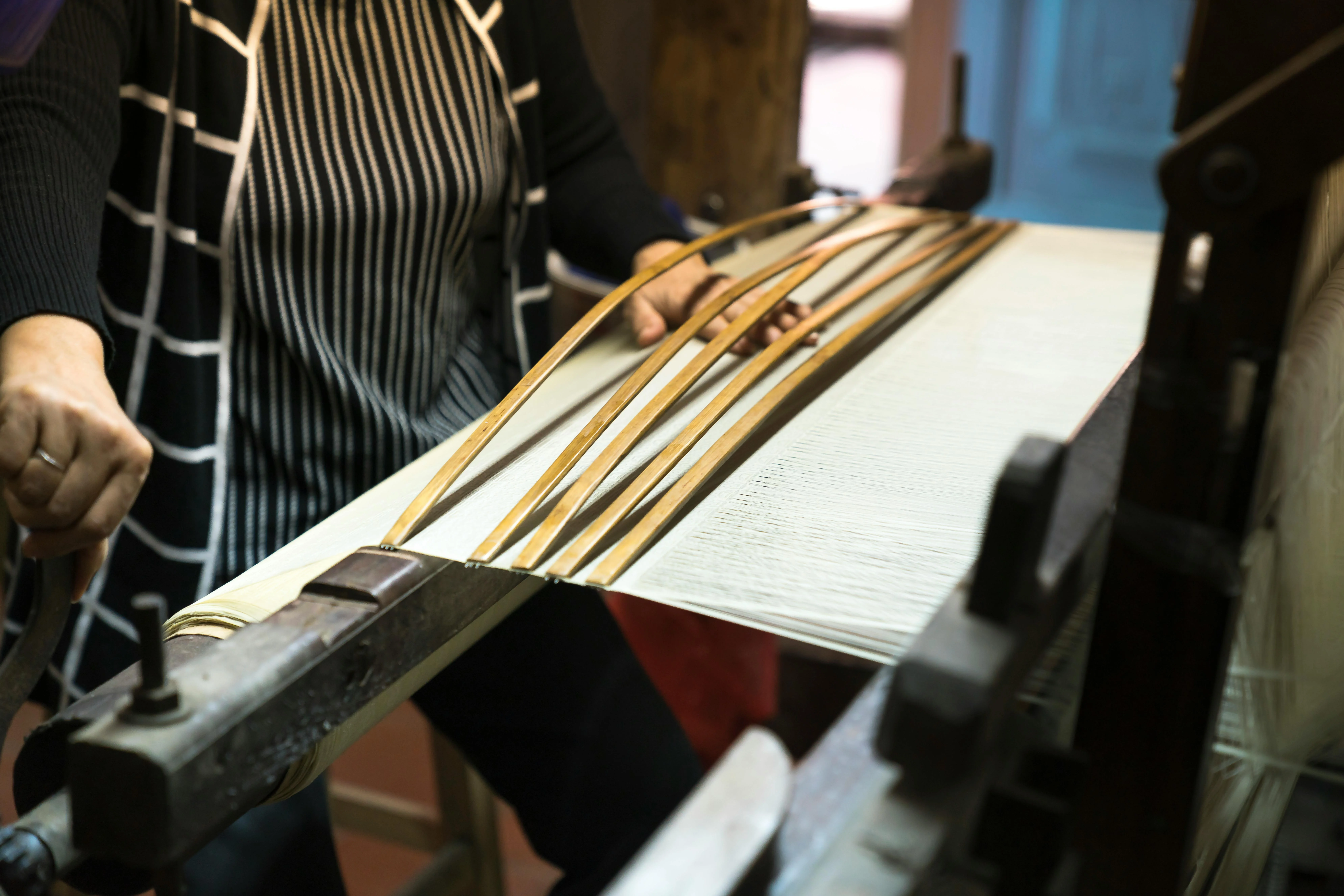
Solution: Weaving the Future with Cultural Heritage
Fortunately, a movement is underway to spotlight these irreplaceable crafts. Local artisans and designers in Bohol are innovating, finding ways to combine traditional techniques with modern aesthetics, thus attracting a new generation eager for authenticity and meaning in their purchases. By creating products that resonate with contemporary tastes while preserving the integrity of traditional designs, they offer a sustainable path forward for indigenous weaves.
Cultural Revival and Economic Empowerment
Empowering local weaving communities has become a crucial piece in this puzzle. Sustainable collaboration between artisans and designers is not only reviving age-old crafts but also providing economic benefits to weaving communities. By integrating these crafts into mainstream fashion, accessories, and even home décor, these collaborations ensure a steady income for artisans, promoting sustained cultural revival and economic empowerment.
Educational Partnerships: A Bridge for Knowledge Exchange
Educating consumers about the significance of these weaves is also pivotal. Partnerships between educational institutions and weaving cooperatives in Bohol enrich students' understanding of local culture, bridging the gap between past and present. When students learn about and invest in these unique pieces, they become ambassadors for the crafts, spreading awareness globally.
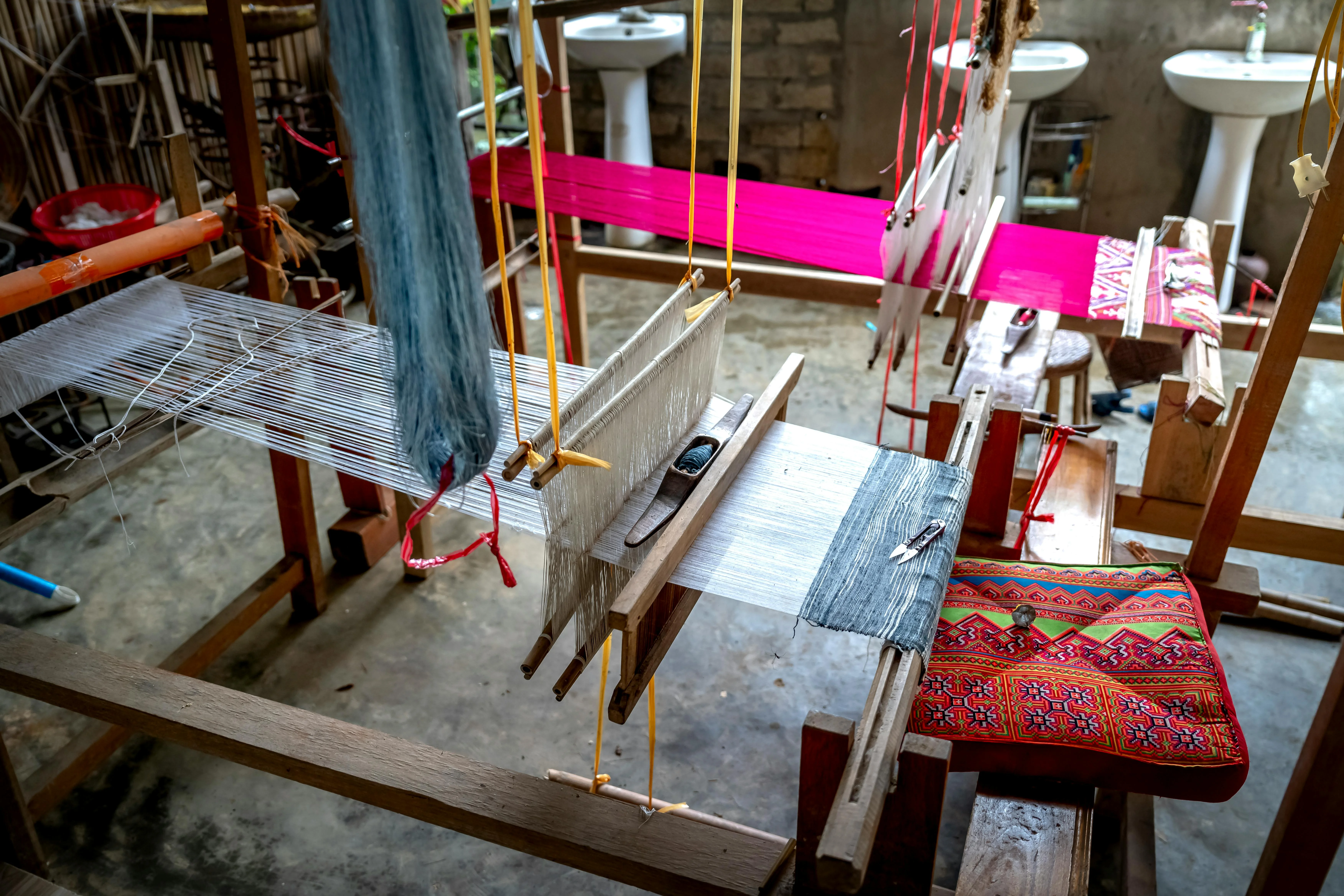
Travelers as Catalysts for Change
The island of Bohol, a burgeoning tourist destination, further provides an international platform for these artisanal goods. Travelers, in search of unique, meaningful souvenirs, play a crucial role in enhancing the visibility of these products. By showcasing local weaves and their stories, Bohol becomes not just a destination but a storyteller—one that reveals the heritage and history woven into each piece.
Conclusion: A Tapestry of Hope
The juxtaposition of tradition and innovation has breathed new life into the waning art of indigenous weaving in Bohol. This vibrant tapestry of hope shows that cultural preservation isn't incompatible with modernity; rather, it's poised to grow stronger with it. Through the collective efforts of passionate artisans, curious students, and mindful travelers, indigenous weaves are finding a firm foothold in the contemporary market, ensuring that this cherished culture is not only remembered but celebrated worldwide. So next time you're in Bohol, consider not just the beauty of a piece but the legacy it carries into the future.




